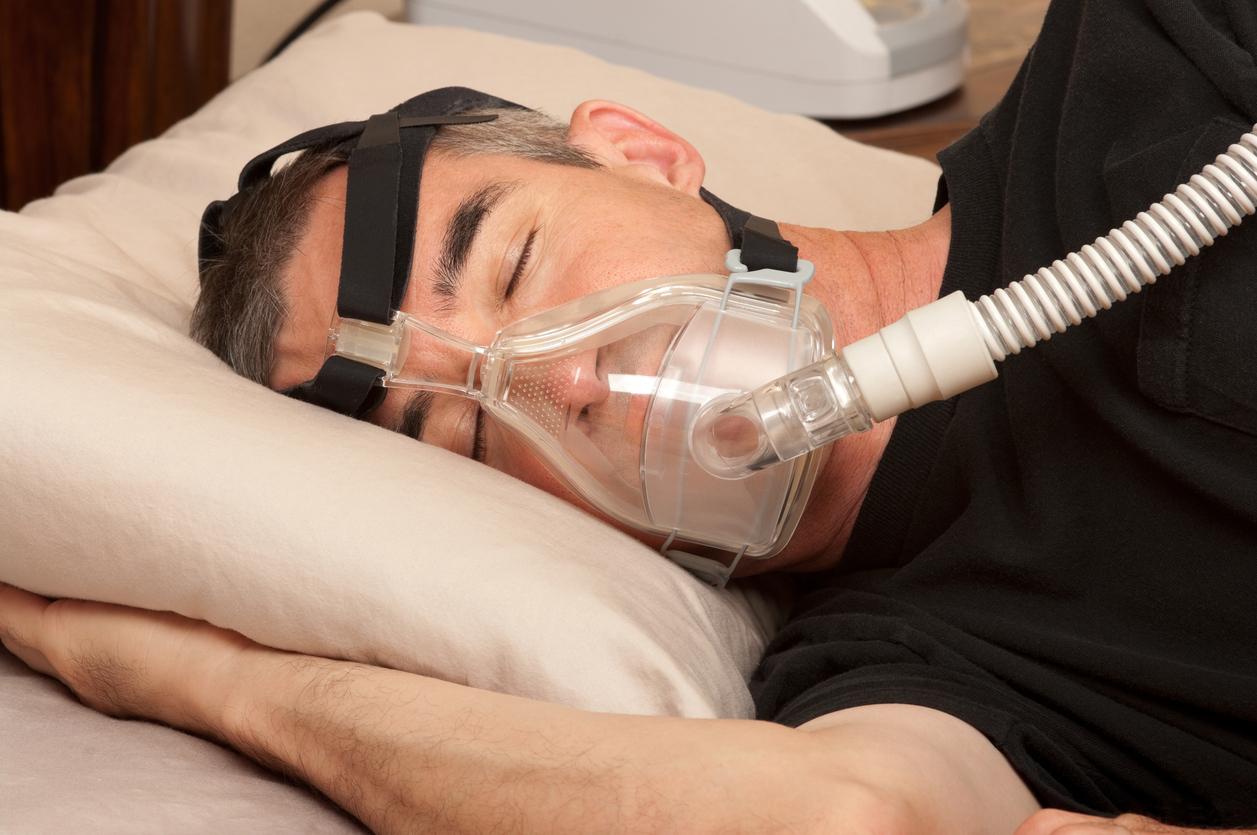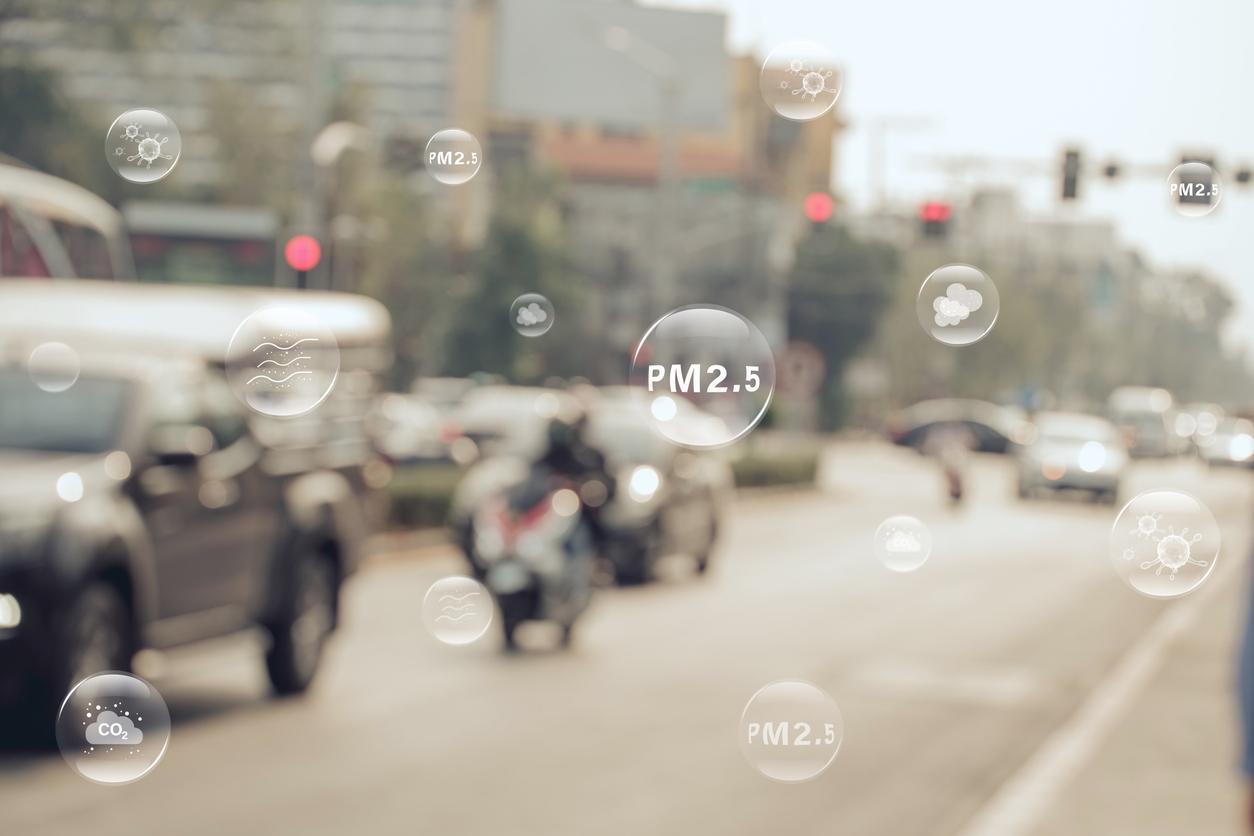Asthma, COPD (Chronic Obstructive Pulmonary Disease) and respiratory infections: the higher the level of air pollution, the more visits to the emergency room.

As air pollution levels rise, more people are ending up in the emergency room with respiratory problems, according to the largest study American never conducted on the subject. Patients are usually hospitalized because of asthma, COPD (Chronic Obstructive Pulmonary Disease) and respiratory infections.
Ozone and fine particles
“Previous studies were mostly limited to a single city,” says Dr. Strosnider, study director and researcher at the Centers for Disease Control and Prevention. 869 American counties* have been screened here. The ozone and fine particles present in the air were measured there, then coupled with more than 40 million consultations in the emergency room. The researchers then divided the patients into three groups: children under 19, adults under 65 and adults over 65.
They first found an association between ozone and emergency room visits across all age groups, with the strongest association seen in adults younger than 65. For every 20 parts per billion (ppb)* increase in ozone in the air, the rate of emergency room visits for respiratory problems increased by 1.7% in children, 5.1% in adults under 65 and 3.3% among those over 65. Overall, the association was strongest for asthma in adults younger than 65.
Protecting the most vulnerable people
Fine particles have also been linked to emergency department visits in children and adults under 65, with the strongest association being for children. For each increase in fine particles of 10 micrograms per cubic meter of air, the rate of emergency room visits increased by 2.4% in children and 0.8% in adults under 65 years of age.
For Dr. Strosnider, these results should above all guide efforts to protect those most vulnerable to air pollution: “for example, we observed strong associations for ozone in adults under 65 and for particulate matter in children. This information can be used by public health officials and governments to make more targeted decisions about air pollution.”
1.3 million dead
A real public health issue, air pollution is now a global problem. According to the World Health Organization (WHO), nine out of ten people in the world breathe polluted air. Every year, an estimated 1.3 million people – more than half in developing countries – die from air pollution in cities, the main areas affected by air pollution.
*In the United States, a county is a territorial division smaller than a Statebut larger than a city or a municipality.
* A part per billion, often represented by the symbol ppb (part per trillion), is a way of expressing concentrations and proportions in general. The term is frequently used in science.

.

















